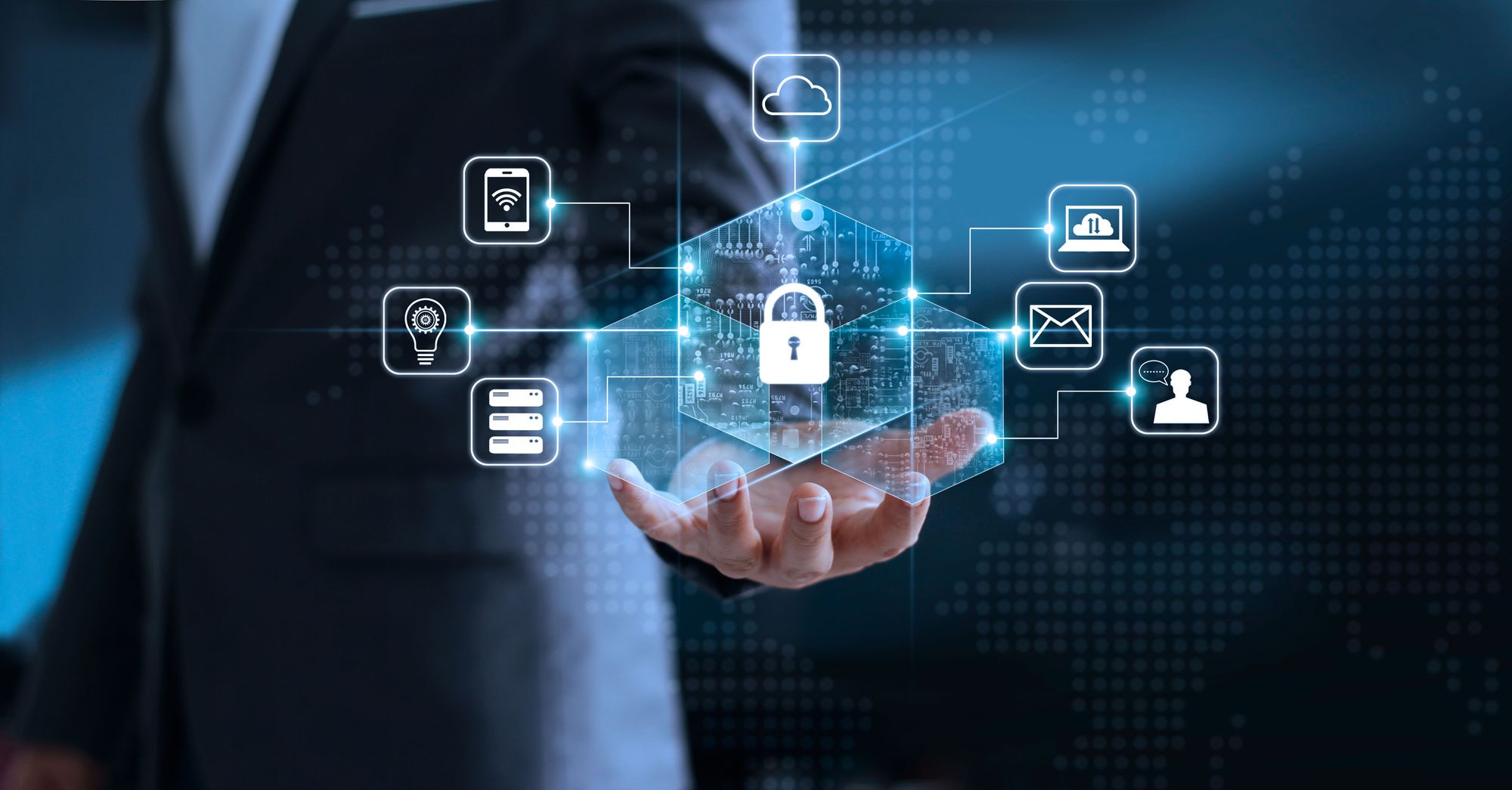Last updated at Fri, 12 Jan 2024 18:02:33 GMT
Last week, Rapid7 presented part one of a webinar called “Confronting Security Fears to Control Cyber Risk”. The webinar, which is available on demand, focused on cybersecurity simplicity and why everyone associated with your organization must develop a cybersecurity mindset. To do so, CISOs must decentralize cybersecurity and instil accountability and ownership across a business.
In the session, which you can view below, Jason Hart, Rapid7’s Chief Technology Officer, EMEA, shared his experiences to help executives enhance their cyber mission and vision statements to create a positive cybersecurity culture that permeates the business.
Cybersecurity effectiveness
Historically, cybersecurity was seen as a very technical discipline, and as a result, it was siloed as a department. Today, cybersecurity has become a responsibility of the entire organization, and as a result, mindsets within organizations need to change to reflect this shift.
Additionally, many organizations have good ideas and intentions when it comes to cybersecurity, but poor execution results in under-utilized security stacks. Stakeholders and other executives assume CISOs know what they are doing and trust them to get on with it. Meanwhile, CISOs, coming from a very technical background, need more business transformation experience and communicate their vision. This must change to encourage cybersecurity effectiveness.
“As an industry, we have an amazing ability to overcomplicate cybersecurity,” Hart said. “With this presentation, I want to enable organizations to execute an effective cyber security target operating model that reduces risk.”
Operating model for cybersecurity
Organizations need an operating model that works with its technology platform to decentralize cybersecurity. The operating model should translate the technical aspects of cybersecurity into something more digestible for stakeholders.
It is critical that the operating model takes a top-down approach. To be effective, accountability for security measures should be led by teams at the top. It doesn’t stop there, however. Roles and responsibilities must be defined across the entire organization – every single individual needs to be part of the cybersecurity process. A successful operating model for cybersecurity empowers everyone within the business to think about security. By involving every individual, organizations can increase their cybersecurity effectiveness and share accountability across the business.
Additionally, the operating model should include tools to measure outcomes and effectiveness, so organizations can understand which processes are working. This ensures technology is fully utilized to deliver the best possible outcomes and ROI. You can watch part one of our presentation below that discusses these points in greater detail:
Related assets:
- Confronting Security Fears to Control Cyber Risks Presentation slides
- Target Operating Model KPIs
- Implementing Protection Level Agreements
- EMEA Executive Round Table
- Insight VM Free Trial
